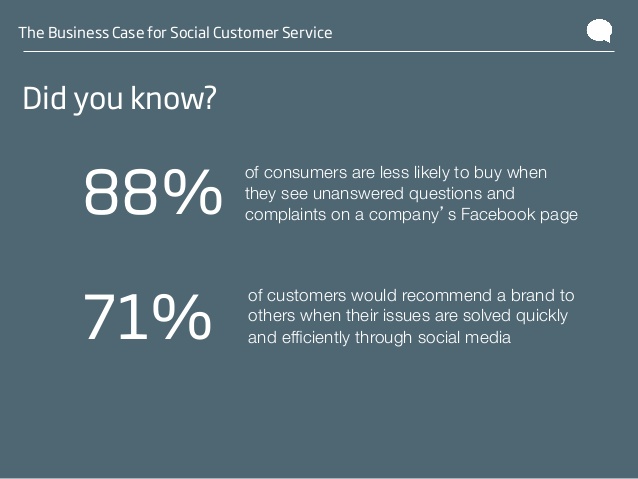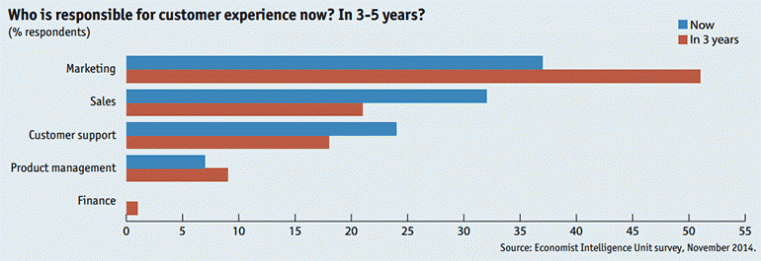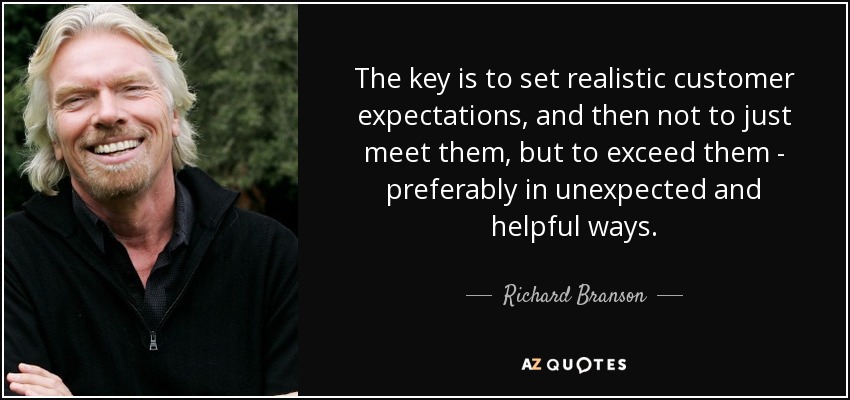Steph W. from SEOPressor


...help you check your website and tell you exactly how to rank higher?




...help you check your website and tell you exactly how to rank higher?



SUBSCRIBE TO SEOPressor BLOG
Join 50,000+ fellow SEO marketers!
Get SEOPressor latest insights straight to your inbox.
Enter your email address below:
69
score %
SEO Score

Found us from search engine?
We rank high, you can too.
SEOPressor helps you to optimize your on-page SEO for higher & improved search ranking.
By vivian on May 28, 2015
Social media is a powerful platform, but there are some things your customers will never forgive you for. Here are the most important things to avoid, as well as a few strategies to help you keep your customers.

This is an unforgivable mistake because the people addressing you see it as a negative – if you don’t respond, you failed them when they were expecting you to pull through, and nobody wants to keep talking with a company who doesn’t care about them.

Remember, social media isn’t about you – it’s about your customers.
You cannot win an argument on social media. Even if you overpower the person you were talking to, everyone else will look down on you for doing it in the first place.

Instead, focus on responding positively to what people say – for example, if they cite having a problem, ask them to explain it in more detail through email so you can focus on fixing it.
The real value of this technique is the way that other people will see a positive, mature response from you right after they see the complaints of others. This makes you look active, responsible, and professional – three traits that make them much more likely to buy something from you in the future.

Sooner or later, people will complain about you – but there are a few other steps you can take to deal with the situation and get back to what you want to be doing with your time. This topic is too deep to cover here, but you can uncover a number of tips and strategies to deal with complaints and other negative comments from our article “The Art of Transforming a Negative Comment on Social Media into a Golden Opportunity” here.
The only thing better than a customer is a repeat customer – after all, people who’ve purchased from you in the past rarely need much prompting to do it again if they were happy with what they got.
Deliver Proactive Customer Service: Your customer service team should not consist of a group of bored interns who solve problems when they feel like it. Proactive customer service means trying to solve problems before customers notice them – or at least work to mitigate the fallout.
For example, let’s say that you’ll have to take your servers down for a few hours to perform an installation of a few upgrades. Suddenly finding themselves barred from access makes people unhappy – but if customer service sends out a message several days before, explaining that the servers will be down for a specific amount of time, then customers expect the problem and just schedule their access around it.
Besides, the diagram below shows that having a proactive customer service on social media will help to turn risks into opportunities besides a great reputation boost for your company branding.

Offer A Consistent Customer Experience: In general, customers should feel like your company is always acting the same way. A consistent experience – which you can achieve by automating as much of the process as possible – makes customers feel that you’re stable and reliable.
According to a report published by the Economist Intelligence Unit and Marketo, the segment that shoulders the majority of responsibility for customer experience is the marketing team.

Focus On Exceeding Customer Expectations: Don’t try to impress customers with promises about what you can do. Instead, promise less than you can do and make it a policy to do better than what you promised – a common example of this is promising that something will take a certain amount of time (say, an hour or two) when chances are it will be solved in mere minutes.
Just like the famous saying from Mr. Richard Branson, best known as the founder of Virgin Group.

This creates a sense of reciprocity – customers will think you’re working hard on their behalf, and they’ll reward that effort with loyalty and – ultimately – purchases.
Track and Trend Customer Satisfaction: Tracking customer satisfaction is important – the more you know about how satisfied they are, the easier it is to fix problems and find new ways of easily exceeding their expectations. This doesn’t need to be very hard, either – simply asking for feedback is often all you need to do, especially if that request comes right after you helped them solve a problem.
[Tweet “U.S. brands are losing approximately $41 billion each year due to poor customer service.”]
Source: NewVoiceMedia Study
Make It Personal: No, really. The last thing you want to do is be seen as a faceless corporate behemoth, and one of the best ways of avoiding that is trying to engage with customers on a personal level. You can address them by name, reference prior talks with them, invite them to contact your customer service team… there are plenty of options. Find one that works for your company and utilize it on a regular basis.
Another way of having a more personal touch would be to personalize your eCommerce website, It is recommended that you make your customers’ buying experience more engaging by addressing their names, and intuitively learning what your customers’ needs and preferences are by suggesting your online shoppers with different products or solutions.

Build Dependency By Becoming A Trusted Adviser: Most customers love having access to expert advice – and if you position yourself as the expert to follow in a given field, customers will come to you for help each and every time they have a problem that needs solving.
Now, all of this sounds like a lot of work, doesn’t it? Well, it is… but retention programs are worth the time and expense. In fact, recapturing just a small percentage of users who would otherwise leave could improve your profits by 30% or more. These programs can and do make a real difference for businesses.

The best way to measure your success is to focus on customers who are leaving. In most cases, you can identify these people when they close their accounts and/or unsubscribe from your email list and social media accounts.
A true retention strategy won’t give up just because the customer is turning away. Instead, ask them why they left and take their feedback into account. If you fix the problem, send another message to them explaining what you did to address their issue and invite them to come back.
It should be easy to count the number of returning users, especially if you have a way of flagging their accounts within the system. Even a retention rate of 5%-10% could result in a significant boost to your profits – and if your plan is being run right, you should be able to retain considerably more than that.
Related articles you might like:
[This blog post was originally written and published by Ben on May 26, 2015. It is most recently updated by Howard Go on Jun 02, 2020]
Updated: 13 July 2025

Vivian is an anthropologist lost in the world of digital marketing. She has an interest in learning about the science of marketing and the creativity that businesses use to transform themselves into purple cows.
Struggling with internal linking?
Wish you could...

Automate internal linking

Use optimized anchor text

Fix 18 issues like orphan pages

Get link reporting and analytics
Precise, Simplified, Fast Internal Linking.


Save thousands of dollars (it’s 100x cheaper)

Zero risk of Google penalty (it’s Google-approved)

Boost your rankings (proven by case studies)
Rank High With This Link Strategy
Precise, Simplified, Fast Internal Linking.


Subscribe and receive exclusive insider tips and tricks on SEO.
Delivered to you right from the industry’s best SEO team.
Copyright © 2025 SEOPressor. All Rights Reserved.
Powered by Semantics BigData Analytics (SBDA).
